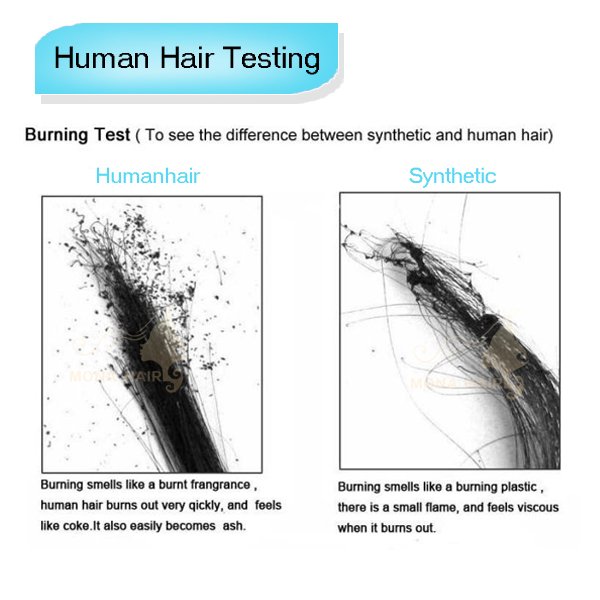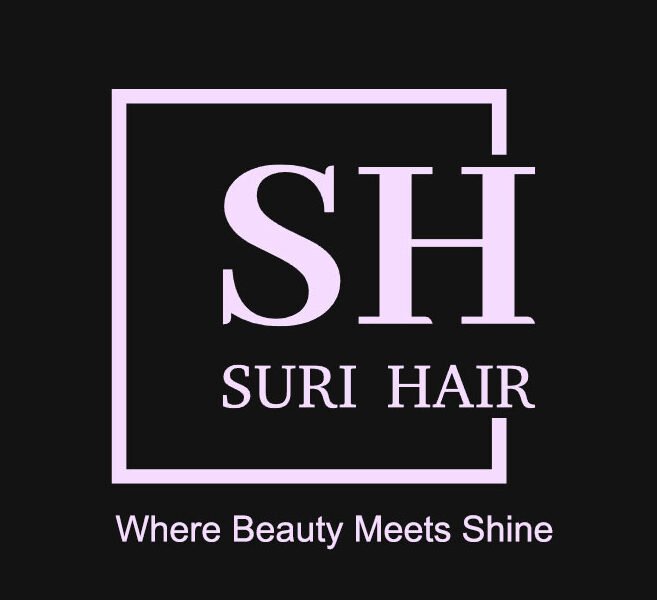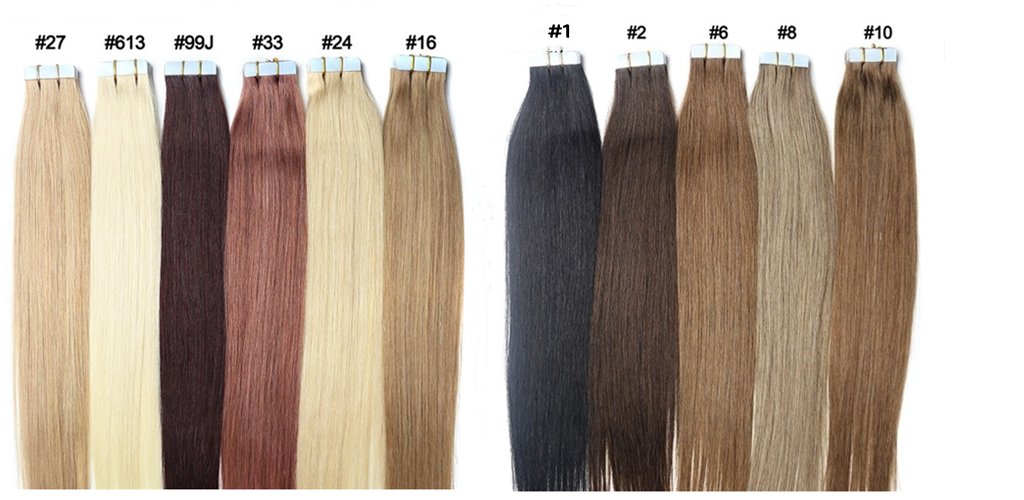
To ensure the quality of raw hair material, follow this structured approach:
1. Source Verification
Geographic Origin: Prioritize hair from regions known for quality (e.g., Indian, Brazilian, Peruvian, Cambodian, Burmese, Vietnamese) due to texture and durability.
Ethical Sourcing: Confirm ethical collection (e.g., single donors, temple donations) to avoid mixed or damaged hair.
2. Visual Inspection
Cuticle Alignment: Run fingers along the strand. Smooth downward movement indicates aligned cuticles; roughness suggest damage. Use a microscope for precision.
Roots and Ends: Check for intact roots (non-plucked) and minimal split ends. Frayed ends indicate poor quality.
Color & Shine: Look for natural, even color and glossy shine. Dullness or uneven dye suggests chemical processing.

3. Physical Tests
Elasticity Test: Stretch a strand. High-quality hair returns to its original length without breaking.
Tangle Test: Run fingers through the hair. Excessive tangling signals cuticle damage.
Porosity Check: Spray water on a strand. Quality absorption (high porosity) may lead to frizz; slow absorption (low porosity) is better.
4. Authenticity Checks
Burn Test: Burn a small section. Real hair turns to ash with a burnt scent; synthetic hair melts and smells plastic.

Chemical Smell: Avoid hair with strong chemical odors, indication over-processing.
5. Texture and Consistency
Uniformity: Ensure consistent texture (straight, body wave, loose wave, deep wave, curly) across the batch. Mixing textures suggests lower quality.
Thickness: Assess strand thickness (coarse, medium, fine) for durability. Thicker strands often last longer.
6. Supplier Evaluation
Certifications: Request authenticity certificates (e.g., virgin hair, ethical sourcing).
Reputation: Research reviews and testimonials. Beware of unusually low prices.
7. Ethical and Practical Considerations
Virgin Hair: Opt for unprocessed hair for higher quality and longevity.
Density & Weight: Verify bundle density matches market standards (e.g., 100g/bundle).
By systematically evaluating these factors, you can confidently assess raw hair quality, ensuring it meets standards for durability, aesthetics, and ethical sourcing.
- What Is Glueless Wig?
- How to Use Tape In Hair?
- What is Flat Tip Hair Extension?
- Lace Closure VS Silk Base Closure
- What’s the Difference Between Transparent Lace and HD Lace?


